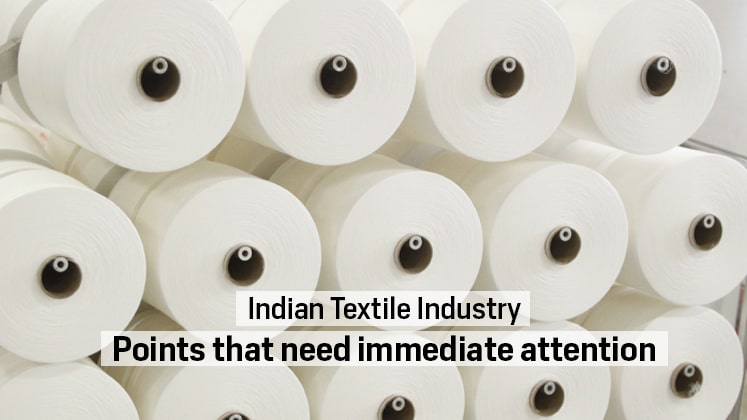It would not be wrong to say that players of the Indian textile industry have divergent thoughts on the future of the industry. While some believe that there are enough opportunities, a big chunk of the industry thinks that ‘gloom’ is prevalent and the future is uncertain. Along with this discussion point, there is also debate about the factors that contribute majorly to the growth as well as the profitability of the textile industry.
Disruption, innovation, value addition at every stage, sustainability, more thrust on synthetic fabric, a change in the traditional business model which can survive without Government subsidies and development of strong business leadership are some of the key points that emerge from the discussion of industry stalwarts and need to be focused upon for future growth.
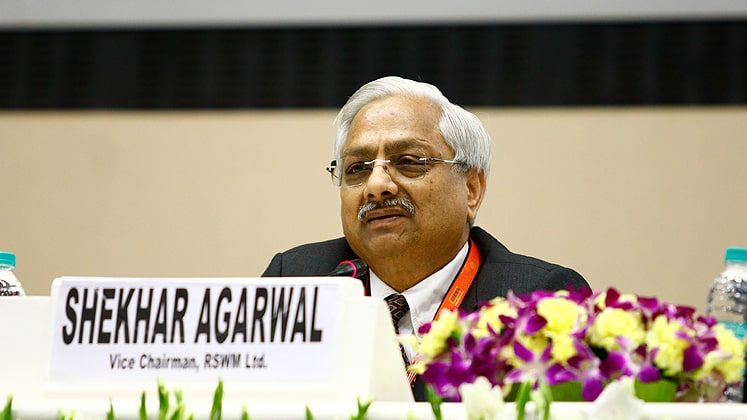
As far as optimistic views are concerned, not everyone sees the recent developments in the same way like the perception that China is vacating the textile industry. Many in the industry feel that in the shadow of trade war between China and the US (though now 90-day trade tariff ceasefire is in place), the US and Canada are seriously looking at India as an option and are coming to India to increase their sourcing right from yarn to garment; hence there is an opportunity to grow tremendously. Strongly agreeing with this point, Shekhar Agarwal, Vice Chairman, RSWM Ltd. says, “Because of this and few other reasons, I must say that we have a very bright future and we should be very optimistic.”
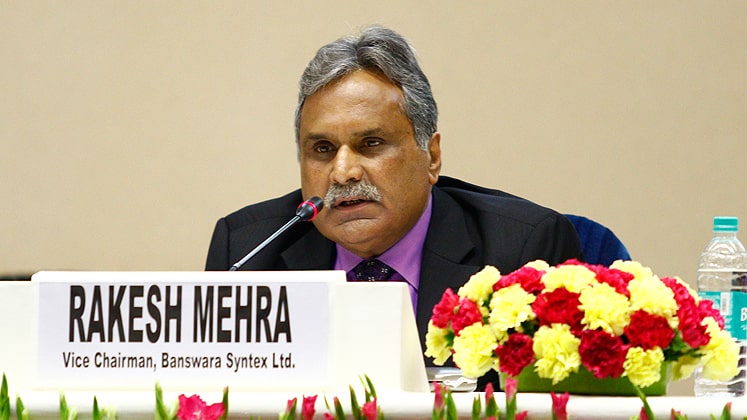
However, Rakesh Mehra, Vice Chairman, Banswara Syntex Ltd. strongly counters the perception of Chinese’ share coming to India. “From last two decades, I am hearing about China vacating the textile industry, but we have not yet been able to capitalise on this, in fact, we have not taken any portion of China’s business so far.” Rakesh strengthens his view with data as he adds that China is still predominately exporting value-added textiles, be it fabric, garment or made-ups while India is primarily into yarn and fabric. “In the case of India and especially MMF, today 42 per cent raw material is being exported while if one looks at China, it is less than 7 or 8 per cent. This is where all stakeholders need to sit together and see how we can increase this share,” he argues.
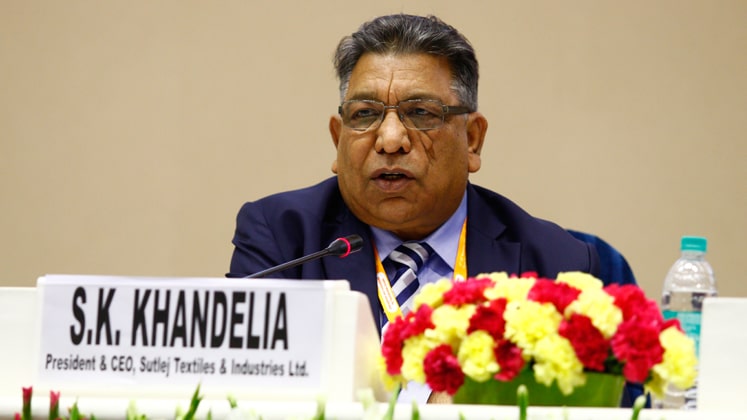
Many CxOs admit that for India, synthetic fibre base is the single biggest opportunity which is not fully tapped by India in the global arena. The overall synthetic base is still somewhere around 30 per cent of India’s total textile business whereas for the rest of the world, it is 65 to 70 per cent. “On an average, 90 per cent of Indian apparel export is of cotton base, so the industry cannot grow further without increasing its focus on polyester. The key growth areas like technical textiles, industrial textiles, etc. are mainly possible only because of the use of synthetic… There is no choice left other than synthetic and India should align itself with the world to focus more on synthetic,” insists SK Khandelia, President & CEO, Sutlej Textiles & Industries Ltd. The industry is demanding that policies, especially duty structure, should be fibre-neutral.
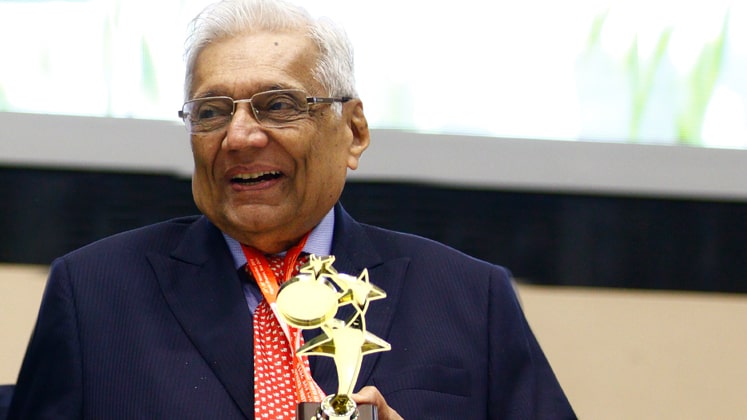
Focusing on MMF or synthetic base production doesn’t mean ignoring the cotton segment as it is a common and strong perception that one should play on the strength. Suresh Kotak, Chairman, Kotak & Co. claims, “The R&D, with regard to cotton production, is going in a good direction and as far as the prospects of Indian cotton are concerned, I must say that the best days of Indian cotton have come as the sustainable aspect of polyester is a growing concern for global customers. But India needs to work on the backward and forward value chain of cotton to get great returns from the cotton segment.” Reacting to the sustainability call, the leading players of MMF say that sustainability in this regard is largely to use best processes and control wastage. Even in the case of cotton, use of pesticide or consumption of water is an issue, so sustainable aspect is to look from a different perspective and it does not necessarily mean ‘natural’.
Apart from the issues of cotton and synthetic, one of the biggest issues in India is with regard to Government support and subsidies. There is always a hue and cry on the same by all stakeholders of the industry, but now for sure, there is an urgent need to change the mindset as well as the business model. “Those days are over… we can’t expect the Government to give us anything,” argues Rahul Mehta, President, CMAI, adding, “In export, since too long, we have been dependent on the Government subsidies and have even made business models accordingly. It is therefore very difficult for us to move out of this cycle and stand on our own feet. But one has to do this, otherwise there is practically no possibility of growth.”
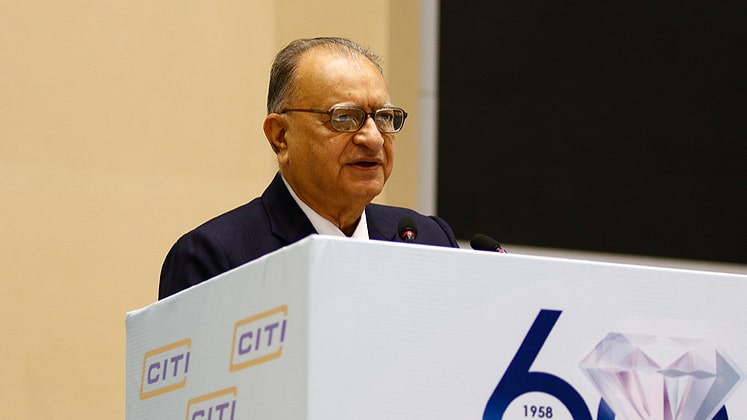
On similar lines, Prem Malik, Vice Chairman, NSL Textiles is of the view that the industry, as well as Government policies, need to reinvent themselves and then only India can have a good chance to be very close to China. Industry also says that the Government should at least maintain consistency at policy level. They have quoted the example of frequent changes in tax structure under GST which should have been better planned and fixed at the initial stage rather than after industry’s suffering and struggle.
Improving Competitiveness, Profitability…
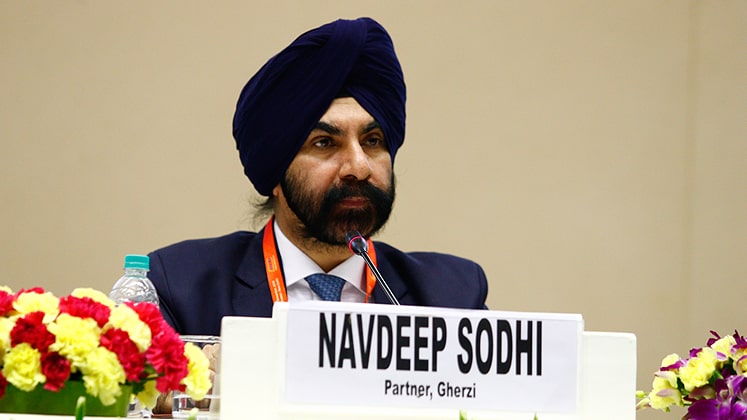
International strategic management consultant, Navdeep Sodhi, Partner, Gherzi sees competitiveness at three tiers which are global, industry and company level. He says that clear vision is often claimed with motherhood statements but they are not accompanied by strategic intent and strategic implementation. Textile echo system; integration of the country and global supply chain; resources in terms of capital and HR; innovation quotient; and agility of the companies to respond to the market are some of the other areas where Indian companies need to focus.
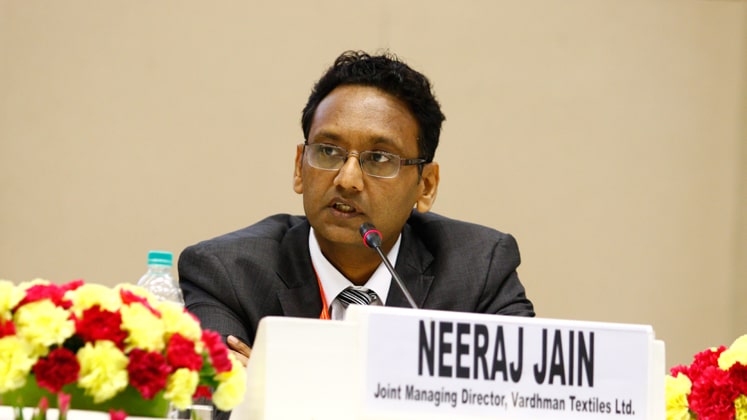
The continuously growing Indian conglomerate Vardhman Textiles is one of the best examples as far as growth, competitiveness and profitability are concerned. Neeraj Jain, JMD, Vardhman Textiles shares the secret about the same, “We continuously expand and take at least two to three years for consolidation because we believe that it makes one financially better… and get support capacity to expand further. Along with the expansion, existing capacities do require the same kind of attention to remain competitive. Whenever we expand, it is equally important to give the same attention to already existing infrastructure.” He further adds that despite being more than 50 years old and a big organisation, they are young at heart and have a higher level of energy… Regarding innovation and various improvements, Vardhman continuously focuses on improvement on a day-to-day basis. The advantages that it has gained from these improvements, are passed on to its customers also.
The industry is not adopting technology, especially advanced technologies like IoT and those related to R&D.
India still exports 27 to 28 per cent Polyester Staple Fibre (PSF) and at least 40 per cent of Viscose Staple Fibre (VSF) is being exported. Why this can’t be converted into yarn, fabric and garment within India, is a major issue. One of the most important points in this regard is to make sure the availability of this raw material at a competitive price.
Pointers
- The industry needs to develop leaders, forward-looking leaders who can invent new technology, modern management tools and look at new areas for growth.
- Expansions and consolidation need to have proper balance.

